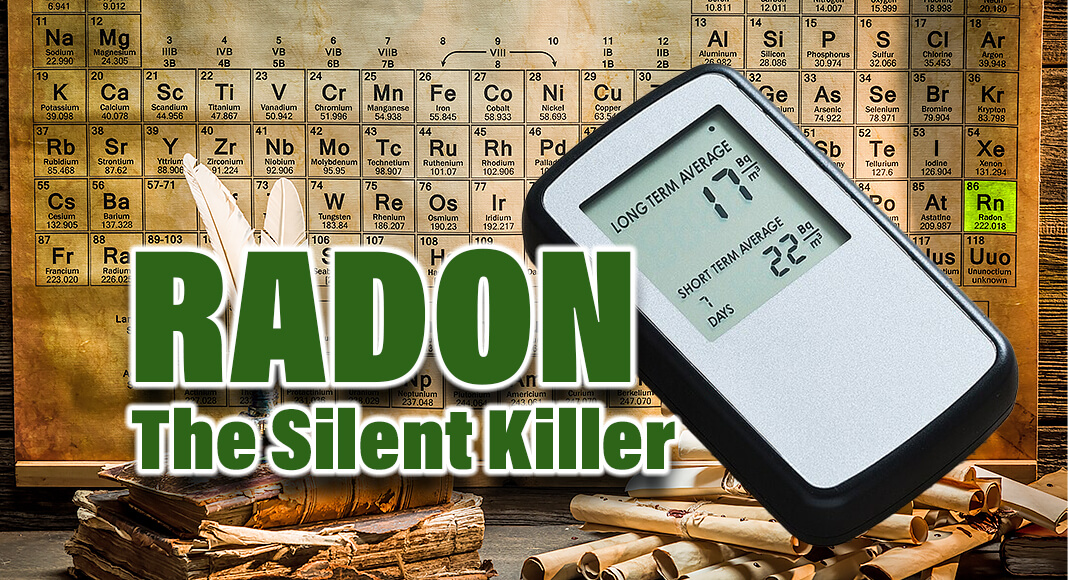
Mega Doctor News
Radon-associated lung cancer can be prevented by limiting exposure to radon in indoor air. You can start by testing radon levels in your home and installing a radon reduction system, if needed.
Radon is an odorless, invisible, radioactive gas naturally released from rocks, soil, and water. Radon can get into homes and buildings through small cracks or holes and build up in the air. Over time, breathing in high levels of radon can cause lung cancer.
Impact of Radon
When you breathe in radon, radioactive materials can get trapped in your lungs. Over time, these radioactive materials increase the risk of lung cancer. It may take years before health problems appear.
The U.S. Environmental Protection Agency (EPA) estimates that radon causes about 21,000 lung cancer deaths in the United States each year. Radon is the second leading cause of lung cancer deaths after cigarette smoke. People who smoke and are exposed to radon have a 10 times greater risk of developing lung cancer from radon exposure compared with people who do not smoke and are exposed to the same radon levels.
Testing
Testing your home is the only way to know if radon levels are high. Test your home’s radon levels:
- If it’s never been tested or radon levels are unknown
- When preparing to buy or sell
- Before and after any renovations, especially after making any repairs to reduce radon levels
- Before making any lifestyle changes in the home that would cause someone to spend more time in the basement or lower level (like converting a basement to a bedroom)
Contact your state radon office for specific information and resources in your area for testing and for a list of qualified radon testers. You can either hire a radon tester or purchase a radon test kit from a hardware store and do it yourself.
Radon Reduction
Consider contacting a licensed professional to install a radon reduction system (also called a radon mitigation system) in your home. EPA recommends installing a system if your radon level is at or above 4 picocuries per liter (pCi/L) of air. A “picocurie” is a common unit for measuring the amount of radioactivity.
You can find more information on reducing radon in your home in the Consumer’s Guide to Radon Reduction: How to Fix Your Home. [PDF – 414 KB]
More Ways to Take Action
The U.S. Department of Housing and Urban Development recommends additional actions you can take to reduce high radon levels in your home and protect yourself from an increased risk of lung cancer.
- Increase air flow in your house by opening windows and using fans and vents to circulate air.
- But remember that natural ventilation in any type of house is only a temporary strategy to reduce radon.
- Seal cracks in floors and walls with plaster, caulk, or other materials designed for this purpose.
- Contact your state radon office for a list of qualified contractors in your area and for information on how to fix radon problems yourself. Always test again after finishing to make sure you’ve fixed your radon problem.
- Ask about radon-resistant construction techniques if you are buying a new home.
- It is almost always cheaper and easier to build these features into new homes than to add them later.
- Find free support and resources to help stop smoking at 1-800-QUIT-NOW or atCDC.gov/quit.
- Smoking significantly increases the risk of lung cancer from radon.
Smoking significantly increases the risk of lung cancer from radon.
For more information on testing your home, visit EPA’s Radon website or call the National Radon Hotline at 1-800-SOS-RADON.
To find out more about radon test kits, visit Radon Hotlines and Information Resources or refer to the EPA website on how to use a test kit.
Information Source: CDC











